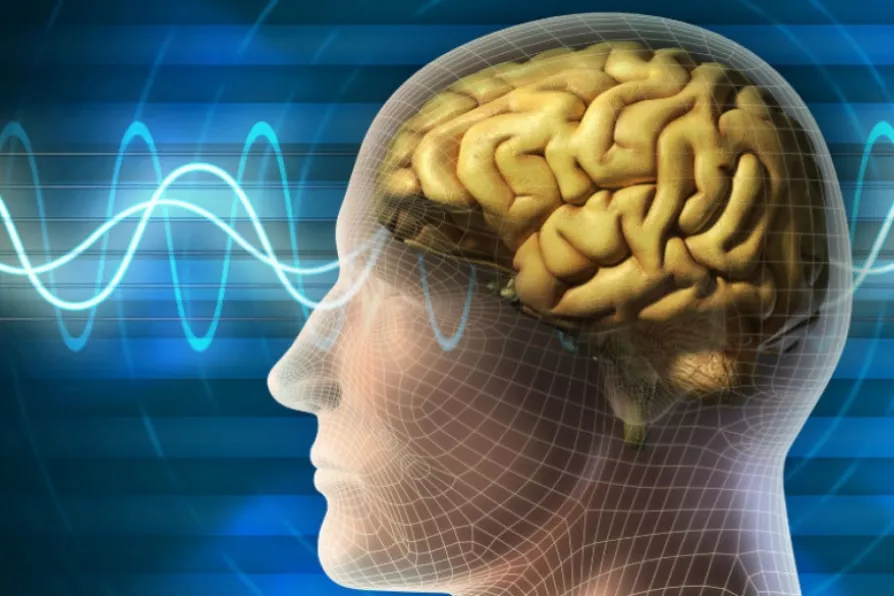The book feels like a writer working within his limits and not breaking any new ground, believes KEN COCKBURN

 [Davidboyashi/Creative Commons]
[Davidboyashi/Creative Commons]
The Spread Mind: Why Consciousness and the World Are One
by Riccardo Manzotti
(O/R Books, £17)
EVEN readers familiar with key concepts in neuroscience and cognitive psychology are likely to find The Spread Mind a tricky read.
Not because Riccardo Manzotti is a poor communicator of complex material or that he lacks commitment to widening access to the science of consciousness but because the idea at the heart of his latest book is so profoundly subversive of scientific orthodoxy it demands careful reconsideration of experimental evidence and personal experience.
Experience is key to Manzotti’s theory of consciousness. Conscious experience is an aspect of nature, he suggests, and has no special status as a simulation or reconstruction of reality.

ANDY HEDGECOCK relishes an exuberant blend of emotion and analysis that captures the politics and contrarian nature of the French composer

ANDY HEDGECOCK admires a critique of the penetration of our lives by digital media, but is disappointed that the underlying cause is avoided












